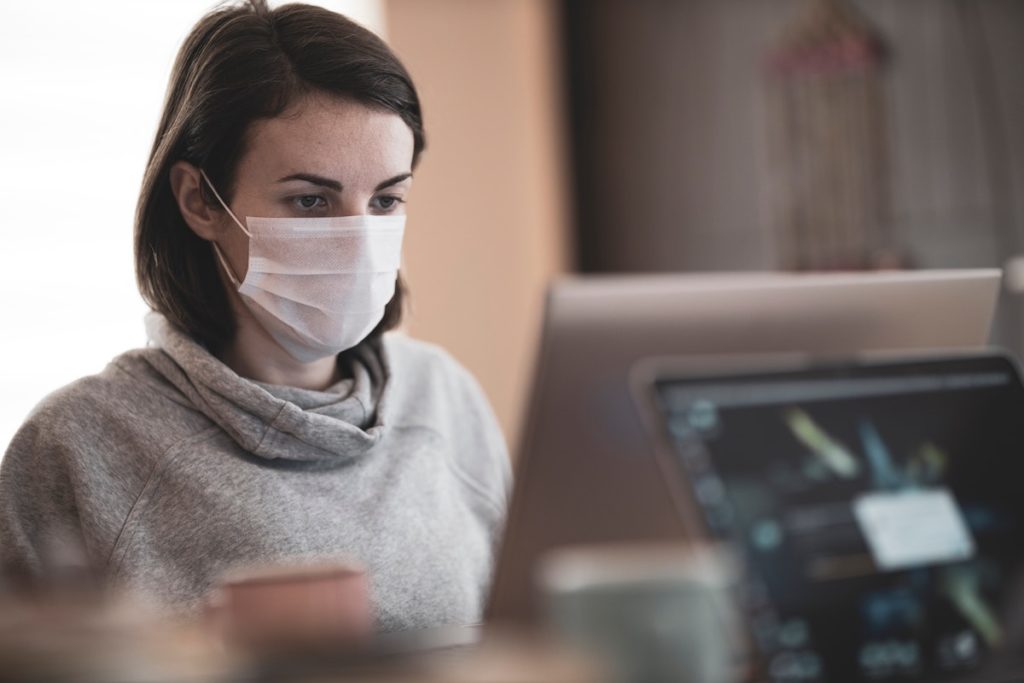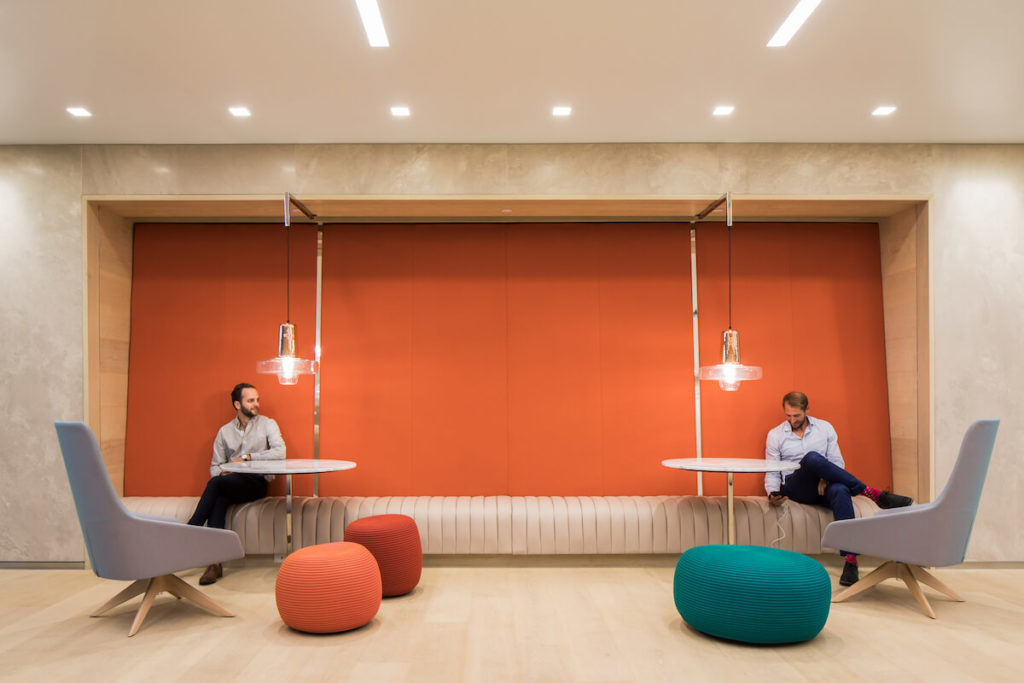No, Coronavirus Will Not Change Your Workplace (Forever)
Posted June 17, 2020
As the internet roils with COVID-19-related think pieces, a unique subgenre has emerged that focuses on the future of offices. While each article contorts to find a new angle on this topic, they all seem to agree: the virus will change workplaces forever. It’s a compelling story, and one initially validated by moves from companies like Facebook and Twitter to have portions of their employees work from home indefinitely. But it is a story backed by only a few months of data and nothing in the way of long-term historical precedent. If we are to take any lessons from previous pandemics like flu or polio, it’s that offices will jettison any reactions to the virus more quickly than anyone realizes.

Obviously, as people return to their workplaces over the next few months, they will enter workplaces that have been reconfigured to maintain social distancing and reduce transmission. These mitigation efforts are hugely important, and efforts to keep employees safe will be noticeable everywhere. Based on new CDC guidelines and examples from Asia where offices have already reopened, workers should expect regulated elevator use, ubiquitous graphics that mark out six feet of distance, and dining areas are broken up into private, shielded spaces.
However, when we look to the past, we find that reactions to pandemics faded faster than adaptations to other kinds of disasters, such as earthquakes or wars. The responses to 9/11 and the seasonal flu illustrates how differently societies react to visible disasters versus invisible pathological ones. The 2,996 deaths on 9/11 sparked a complete transformation of airport design, a dramatic expansion of an invasive state security apparatus, and the longest wars in US history. Conversely, the 61,000 influenza-associated deaths during the 2017-2018 flu season didn’t even inspire an adult vaccination rate above 50% the following year.
And as we look farther back, the disconnect between pandemic impact and social impact becomes even more dramatic.
“Two years after the Spanish flu pandemic, the world looked almost exactly like it did the day before the pandemic hit,” I was told by David M. Morens, M.D., Senior Scientific Advisor in the office of the director of the National Institute of Health, referring to the pandemic that killed more people than all the wars of the 20th century combined. “As soon as the problem goes away, we try to forget about it,” Morens said. “Those behaviors that you don’t learn as a kid, social distancing, wearing a mask, they fall away pretty quickly.”
This analysis is borne out in other reviews of post-pandemic life. In his Pulitzer Prize-winning book “Polio: An American Story,” history professor David M. Oshinsky writes that in the immediate post-polio vaccine environment, “Polio hadn’t disappeared, of course. But given the steep decline in numbers, the disease had lost its power to alarm.” Americans forgot about polio so quickly, Oshinsky notes, that public health officials began to worry that parents would stop having their children vaccinated because they no longer felt threatened.

This isn’t to say that offices shouldn’t change in permanent, meaningful ways, merely that history suggests they may very well be of the sort that don’t create a new type of office. Altering bathrooms to feature transmission-reducing designs with decades validation from hospital use, could significantly improve the health of every office without noticeably transforming the overall experience. Refining administration of, and reducing the cultural stigma around, sick time would also make employees much healthier, and do so without any visible change of the workplace whatsoever.
Yes, 10 years from now offices will look different, but they looked different 10 years ago, as well. Just as budding awareness of the productive power of incidental collaboration led to the rise of the open office plan, so too will technological advances and the trend towards HQ’s as branded spaces make the future office more of an experience center than the white collar factory floor. What these new offices won’t feature, however, are the social distancing and mitigation features workers will encounter as they return to their offices in the coming weeks. So yes, when the deadly threat of COVID-19 recedes, your office will be different, but history suggests it won’t be the virus that changed it.
This pandemic is not only a public health challenge, but also a communications challenge.
We’ve put together a strategy deck that talks about how you can use the workplace as a powerful communications platform to address these challenges. It answers questions like, how and what do we want our workplace to say? How can we avoid scaring our employees vs. informing with “can-do spirit”? How do we offer flexible communications as the world changes? Email info@esidesign.com if you are interested in continuing this conversation.


Join The Conversation